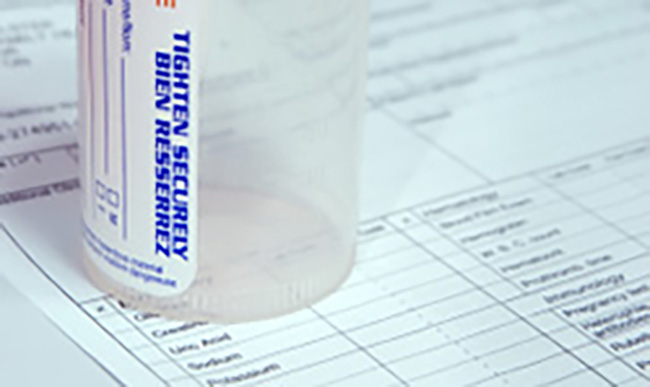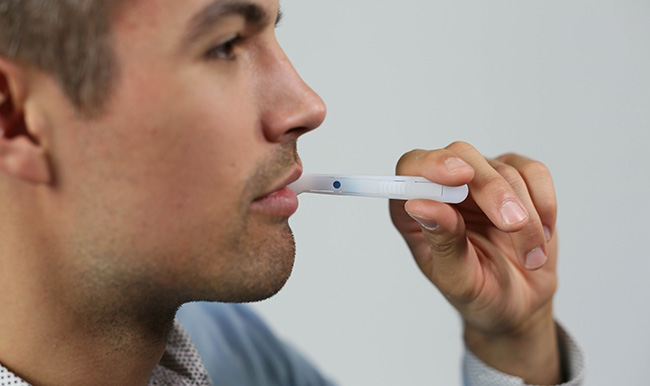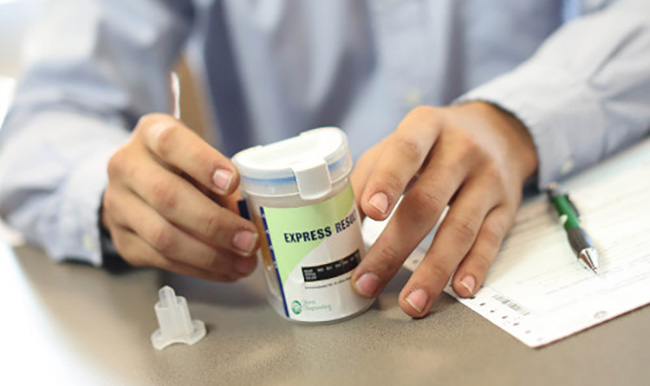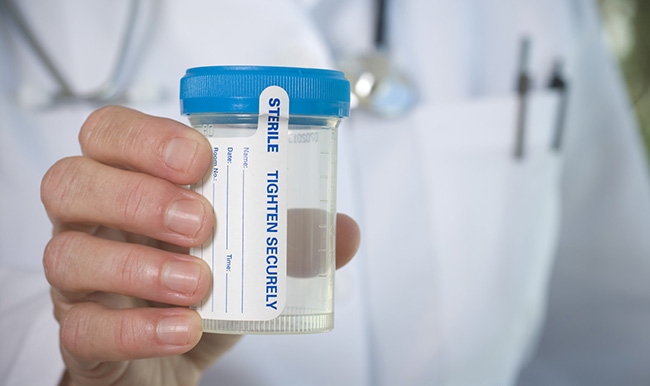 Pre-employment drug testing is the most common type of drug testing performed. Employers typically use it to proactively protect themselves from the negative impacts of hiring drug users. Pre-employment testing is usually performed after a conditional offer of employment has been made and a negative drug test result is required before an applicant starts working.
Pre-employment drug testing is the most common type of drug testing performed. Employers typically use it to proactively protect themselves from the negative impacts of hiring drug users. Pre-employment testing is usually performed after a conditional offer of employment has been made and a negative drug test result is required before an applicant starts working.
Positivity Rates
Results from the Quest Diagnostics Drug Testing Index™ (DTI) show that pre-employment drug test positivity rates are higher among applicants in the general U.S. workforce than those in federally-mandated, safety-sensitive positions. A total of 4.0% of urine drug test results from the general U.S. workforce tested positive in 2014, while the positivity rate of federally-mandated, pre-employment urine tests was only 1.9%.
Why the difference? While most employers are not required to drug test their employees, pre-employment urine testing is mandated among federally-regulated employers who employ individuals in safety-sensitive positions including truck, bus and taxi drivers, airplane pilots and railroad employees. Lower positivity rates among these safety-sensitive positions are likely the result of applicant and employee demographics; required training and licensure; and the broad, ongoing and predictable nature of the drug testing programs.
Testing Prevalence
According to data from the U.S. government and Quest Diagnostics testing statistics, in 2014, pre-employment urine drug tests made up 49.4% of all federally-mandated drug tests and 69.7% of the general workforce testing volume. Other common reasons for testing including, but not limited to, for-cause, follow-up and random testing made up the remainder of test types, while oral fluid and hair made up the remainder of testing specimens.
Specimen Types
Urine and oral fluid testing detect recent use, whereas hair testing generally reflects long-term patterns of repetitive use. Leveraging data from the 2014 DTI for pre-employment tests in the general U.S. workforce, positivity rates were as follows for each of these specimen types:
- Urine – 4.0%
- Oral fluid – 7.6%
- Hair – 7.9%
Urine testing is the only method that has been approved for federally-mandated testing, and is often chosen by employers in the general workforce for its many benefits. For employers with both regulated and non-regulated employees, urine allows them to have a consistent testing program for both groups. It’s also cost-effective, typically able to screen for a wider variety of illicit and prescription drugs, and urine collection volumes are generous, which allows for additional flexibility in the testing process.
Oral fluid testing is gaining popularity because it offers an observed collection which can help to thwart would-be cheaters and it can be collected on-site thereby reducing cost and time associated with other collections. Hair testing and its long window of detection is a good fit for employers who want to avoid hiring long-term or lifestyle drug users, and, like oral fluid, its observed collection can help to minimize adulteration and substitution.
In Conclusion
All three drug test specimen types, whether used alone or in conjunction with each other are suitable for pre-employment screening where the goal is to enable an employer to hire a drug-free candidate. The main drawback of only utilizing pre-employment testing is that drug-using applicants who were able to suspend their use long enough to pass their drug test, can restart their use undetected. Combining pre-employment testing and one or more of the other reasons for testing we will cover throughout this series is the best way to avoid hiring drug using applicants while discouraging drug use among employees.
For more information about drug testing, visit our website.
Employers design drug-free workplace programs to protect their organizations from the adverse impacts of drug abuse and promote productivity, health and safety. Every drug testing type and method has its strengths and employers must choose which works best for their organizations. This blog series explores the different reasons for drug testing, the frequency of each and the specific pros and cons each one provides. Read the introductory post to learn more about the series.
















Positivity Rates
Results from the Quest Diagnostics Drug Testing Index™ (DTI) show that pre-employment drug test positivity rates are higher among applicants in the general U.S. workforce than those in federally-mandated, safety-sensitive positions. A total of 4.0% of urine drug test results from the general U.S. workforce tested positive in 2014, while the positivity rate of federally-mandated, pre-employment urine tests was only 1.9%.
Why the difference? While most employers are not required to drug test their employees, pre-employment urine testing is mandated among federally-regulated employers who employ individuals in safety-sensitive positions including truck, bus and taxi drivers, airplane pilots and railroad employees. Lower positivity rates among these safety-sensitive positions are likely the result of applicant and employee demographics; required training and licensure; and the broad, ongoing and predictable nature of the drug testing programs.
Testing Prevalence
According to data from the U.S. government and Quest Diagnostics testing statistics, in 2014, pre-employment urine drug tests made up 49.4% of all federally-mandated drug tests and 69.7% of the general workforce testing volume. Other common reasons for testing including, but not limited to, for-cause, follow-up and random testing made up the remainder of test types, while oral fluid and hair made up the remainder of testing specimens.
Specimen Types
Urine and oral fluid testing detect recent use, whereas hair testing generally reflects long-term patterns of repetitive use. Leveraging data from the 2014 DTI for pre-employment tests in the general U.S. workforce, positivity rates were as follows for each of these specimen types:
Urine testing is the only method that has been approved for federally-mandated testing, and is often chosen by employers in the general workforce for its many benefits. For employers with both regulated and non-regulated employees, urine allows them to have a consistent testing program for both groups. It’s also cost-effective, typically able to screen for a wider variety of illicit and prescription drugs, and urine collection volumes are generous, which allows for additional flexibility in the testing process.
Oral fluid testing is gaining popularity because it offers an observed collection which can help to thwart would-be cheaters and it can be collected on-site thereby reducing cost and time associated with other collections. Hair testing and its long window of detection is a good fit for employers who want to avoid hiring long-term or lifestyle drug users, and, like oral fluid, its observed collection can help to minimize adulteration and substitution.
In Conclusion
All three drug test specimen types, whether used alone or in conjunction with each other are suitable for pre-employment screening where the goal is to enable an employer to hire a drug-free candidate. The main drawback of only utilizing pre-employment testing is that drug-using applicants who were able to suspend their use long enough to pass their drug test, can restart their use undetected. Combining pre-employment testing and one or more of the other reasons for testing we will cover throughout this series is the best way to avoid hiring drug using applicants while discouraging drug use among employees.
For more information about drug testing, visit our website.
Employers design drug-free workplace programs to protect their organizations from the adverse impacts of drug abuse and promote productivity, health and safety. Every drug testing type and method has its strengths and employers must choose which works best for their organizations. This blog series explores the different reasons for drug testing, the frequency of each and the specific pros and cons each one provides. Read the introductory post to learn more about the series.